This Electronic Books will drive you on the right path, to gain practical experience as you start designing your own electronic crafts. It serves as an excellent reference to unchain the mysteries of electronic circuits. You can actually create more interesting projects as the world of electronics has plenty of opportunities, starting from basics to the difficult projects at reasonable prices. Sometimes you may find difficulty in choosing the right book for your project. For your convenience, our team of experts have done hours of research and brought you these 15 electronic books to choose from the best, that match your requirements.
Top Electronic Books in 2023
Best Electronic Books Reviews
1. The Art of Electronics 3rd Edition
Best Arduino Books Best Raspberry Pi Books Best Python Books
The 3rd edition of Art of electronic books is widely accepted by the engineers especially for designing circuits. This advanced book covers many topics like working on a circuit, oscilloscope diagrams, graphs with accurate data when you deal with an interesting project. The written language is very simple and makes every individual understand the complex concepts. 1470 page book contains 90 oscilloscope diagrams, 80 tables, and a list of 1650 components like Radio receiver, operational amplifier, and Microcontroller.
It is a good reference for anyone who works with circuits. Microcontrollers with Verilog and hardware description languages. It includes a list of components required for laboratory exercises Gives you an idea of how and where to buy them. Integration of electronic components with microcontrollers.
2. Encyclopedia of Electronic Components Volume 1
Encyclopedia of electronic components book is perfect for teachers, students, engineers and hobbyists of all ages for exploring the concept of electronics. Beginners will easily grasp the concepts and professionals will find the specific details related to their projects. Its book is the first and unique encyclopedia sets on electronic components which is available in 3 separate volumes and each has its unique content. Volume-1 covers the topics like power, electromagnetism and discrete semiconductor devices with detailed explanation and circuit diagrams. Here are some specifications that an aspirant should look into before buying the encyclopedia of electronic component volume-1 book:
Each component provides you more details about substitutions. The parts of each component are clearly organized. More reliable that contains the source of information than other tutorials or online sources. Check out for the expert advice to ensure whether the information given in the book is modernized and accurate.
3. Encyclopedia of Electronic Components Volume 2
It is a wonderful source for hackers, engineers and experts to navigate the advanced stuff of electronics. Students can easily understand the circuit operations with the manipulation of formulas, charts, and graphs. Volume-2 is one of the leading practical books that covers the topics like integrated source, light, LEDs, LCDs, Thrystors, amplifiers and sound sources for designing electronic projects. Some of the encyclopedia of electronic components book contents are given below:
Interfacing one component with the other. To be aware with the ground rules of electronics. This book has the information that is extracted from hundreds of sources. It is very easy to browse as the parts are organized based on the type of component. Details of components, circuit diagrams with neat sketches. A small descriptive connection between the lessons with stunning introductions. Use of specific components in a project (describing the list) so as to make your own.
4. Encyclopedia of Electronic Components Volume 3
Though you have no experience in electronics will surely find some interesting facts that you would have never come across before. You will be able to learn the working of electronic components and its commercial applications. This 3rd volume contains the information about electronic components for your projects with photographs, schematics and diagrams. It also covers the range of sensing devices for measuring light, heat, sound and motion of the object. The encyclopedia of electronic components volume-3 book contains the following:
These books are verified by the expert advisors to ensure the information is accurate and genuine. This book provides more consistent sources of information than tutorials, product data sheets and other online sources. Provides a detailed explanation of each component and the information is taken from hundreds of other sources.
5. Practical Electronics for Inventors, 4th Edition
This is perfect for electrical engineering students who have strong wish to boost their knowledge in electronics and gain the skills necessary to develop your own fun gadgets. Practical electronics book is written by the experienced engineers and professionals to provide the necessary information with bit bit instructions, schematics and illustrations. It gives you an idea about how to select the components, design and build the electronic devices using microcontrollers and integrated circuits. It also features the instructions on programming logic, operational amplifiers, voltage regulators and many more. This book provides the detailed information that turns theoretical ideas into real-time applications with electronic components includes:
Resistor, inductor and capacitor. Diodes, transistors and integrated circuits. Photo transistors, sensors and GPS modules. Logic gates, LCD display and digital electronics. Microcontrollers, DC motors and stepper motors. Microphones, audio amplifiers and speakers. Operational amplifiers, regulators, power suppliers and additional electronic devices.
6. How to Diagnose and Fix Everything Electronic, 2nd Edition
If your gadget is damaged due to the internal circuitry, we generally opt for a new gadget. Instead of buying a new gadget which is too expensive you can repair and extend the life of digital electronic devices such as digital cameras, TVs, laptops, headset and mobiles just by reading this amazing book. This book has the collection of electronic projects that are explained in step by step procedure with neat sketches and circuit diagrams. The electronic book explains the following:
How to choose tools and setup them. Tips and tricks for specific devices like optical disc players, video recorders and computers. To understand how the electrical components work and the reason for failure. To perform the effective diagnostic methods based on specific symptoms. Understanding the blocks, schematics and the pictorial diagrams. Helps to analyze the circuits, identify the faults and replace with new ones. Re-establish the connections and reassemble the hardware devices. Use the testing devices like digital multimeters, frequency counters, oscilloscopes and ESR meters.
7. Getting Started in Electronics
Getting Started in Electronics book contains 128 pages that teach you the basics, analog, and digital devices, explains its working, assembling tips, interfacing many components and many projects to build and test. It is a must-have book in the library of anyone who is fascinated in learning the basics of electronic theory and principles. The book is a good start for beginners who love to design creative electronic projects and contents that the getting started in electronics book has:
Makes you learn about static electricity with magnets and solenoids. Electrical circuits that use batteries and lamps. Working with electronic components. How Switches, resistors, capacitors, relays, meters and transistors are embedded in a circuit. Explains about Integrated Circuits i.e. how 100-1000’s of electronic components are formed in a single silicon chip. How to wire and solder electronic components to make temporary or permanent circuits.
8. Beginner’s Guide to Reading Schematics, 3rd Edition
This book navigates to the simple and complex electronic systems with wonderful illustrations and pictorial representation of high precision electronic circuits. It also helps you to identify the parts, connections, symbols, resistor color coding and to apply diagram based data in your own project. The 3rd edition of beginners guide to reading schematics book covers the topics:
Block diagrams, schematics and circuits. Resistors and capacitors. Diodes, transistors and logic gates. Batteries, voltage dividers and reducers. Wrapping of wires and breadboard. Repairing electronic components. Inductors and transformers.
9. Make: Electronics: Learning Through Discovery 2nd Edition
The 2nd edition of make electronic books has been praised for its use of single bus breadboard, diagrams, circuit illustrations with popular Microcontrollers. It is best for beginners and engineers who are fascinated to design electronic projects. This book starts from basics and moves towards more difficult projects from switching circuits to Microcontrollers and integrated circuits in a systematic approach. Even there are many color snaps and wonderful examples that help you understand the electronic theories and practices. Here are few topics in the 2nd edition of make electronic book that covers:
Electronic components and their functionality. Timer and oscillator circuits. Demonstrations on electromagnetism. Make easier to build audio amplifiers. Explains the necessity of coils and capacitors using a sound synthesizer. Provides you 3 Arduino projects based on real-time applications. A new burglar alarm with additional features and a reaction timer circuit can be calibrated easily.
10. Electronics All-in-One For Dummies
To make a hobby, electronics for dummies book is an ultimate guide that takes you to next stage. Dummies book is the collection of 8 other books that can be found nowhere else. It helps you to create and design many fun projects using Arduino and Raspberry Pi kits. This 900-page book makes easy for beginners to grasp certain topics like circuits, schematics and other sources with the detailed information about how to design your own circuit, breadboard, working of hardware components with neat sketches and schematics. So, get started with your next electronics project today using this electronics all-in-one for dummies book. Here are some contents that you will get in touch when you read this wonderful book.
Basics of electronics with an array of numerous concepts. Helps to make your own schematics and breadboards. Become an expert in circuit building. How to solder the electronic components safely. Repair the existing electronic devices. Make your own fun and interesting electronic projects. Able to tackle analog, digital and car electronic modules.
11. Understanding Basic Electronics- 2nd Edition
The 2nd edition of understanding basic electronics book is written in a friendly manner, easy to understand for beginners and non-technical readers. Though you are familiar with the nuts and bolts of electronics you will definitely enjoy the small modules of every topic. This book comes with real time examples, schematics, circuit diagrams with neat sketches and photographs to make learning electronics more interesting and fun and is best to read before you deal with complex tasks.
12. Electronics for Kids
Electronics for kids book is a wonderful collection of awesome hand projects. It helps the kids to learn how current, voltage circuits work, logic gates and memory circuits. You will make use of everything you learned so far to design fun projects. Here are some topics or contents that the electronics for kids book contains the following:
Turn a circuit to touch sensor using fingers as a resistor. To build an alarm clock triggered circuit with the sunrise. To solder a blinking LED circuit resistor and capacitors. Creating a musical instrument that makes sounds (Sci-Fi in digital electronics).
13. The Basic Soldering Guide Handbook
The basic soldering guide is perfect for beginners, hobbyists and the trainers to master their skills in soldering electronics. Soldering book is ideal for individuals who love to make home-made DIY projects like Remote controlled car, robotic arm, quad copter and guitar. Basic soldering books cover the following topics:
Testing the electronic device. Precautions to be taken before you start soldering. How to choose appropriate soldering equipment like iron and solder. Soldering the electronic components. Tips on how to solder and desolder the circuit board or electronic components.
14. Teach Yourself Electricity and Electronics, 6th Edition
The bit by bit approach in this book makes easy to understand the concept very quickly. This book provides you with the detailed information through illustrations, practical examples and self-assessment key concepts. Apart from this, you can cover the new topics like switching power supplies, class-D amplifiers, lithium batteries and microcontroller making Arduino as the main platform. Here are few electronic components that are in 6th edition books are as follows:
Resistors, inductors, and capacitors. Cells and batteries. Impedance and admittance. Amplifiers and oscillators. Sensors, transducers and navigators. Lasers, acoustics and audio. Wireless transmitters and receivers. Antennas for RF communications. Diodes, transistors and semiconductors. Digital circuits, Advanced communication systems.
15. Grob’s Basic Electronics
Basic electronics book is mainly focused on beginners and engineers to satisfy their current technology needs. It covers the fundamentals of electricity, electronics, the importance of testing and troubleshooting skills. Also teaches you carefully through practical approach with proper illustrations, examples and diagrams. The Grob’s basic electronics book contents are as follows:
How to embed a program with the hardware devices. Repairing your own gadgets likes watches, smartphones and iPods. Helps You to draw schematic circuit diagrams. Tackles for the time delay and measurement circuits. Set up the software and power up the electronic circuits. Makes you learn electrical theorems, programming concepts. Interfacing sensors with other peripheral devices.
Conclusion:
The Art of Electronics-3rd Edition book is our main priority because it mainly focuses on electronic concepts from the beginner’s point of view. This 3rd edition 1470-page book mainly covers the topics like working of a circuit, 90 oscilloscope diagrams, graphs, 80 tables and list of 1650 components like Radio receiver, an operational amplifier, and Microcontroller with accurate data helps to craft amazing projects. Overall, the writing language is very simple and makes every individual understand the complex concepts. It can also be a good reference for those who work with the electronic components. Comment * Name * Email * Website
Δ



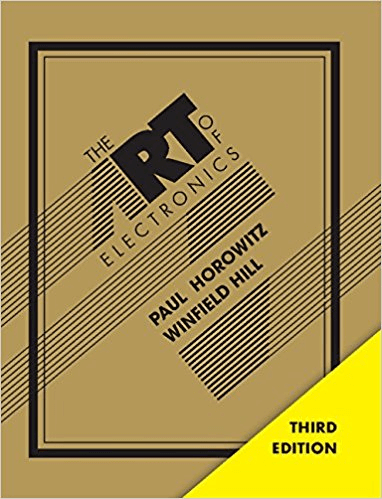
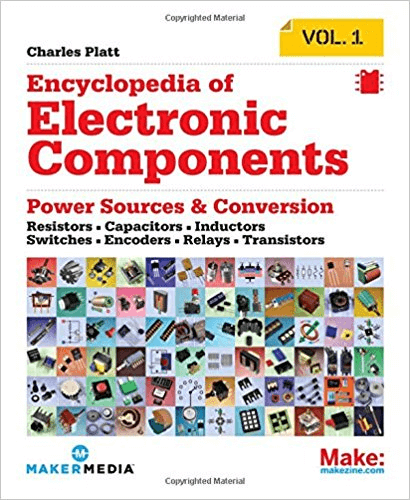
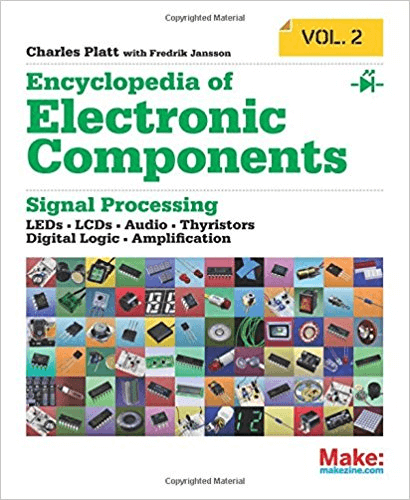
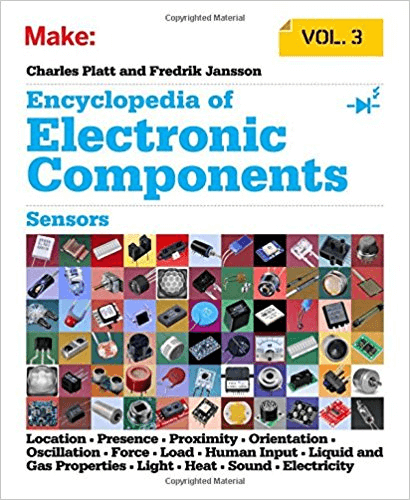
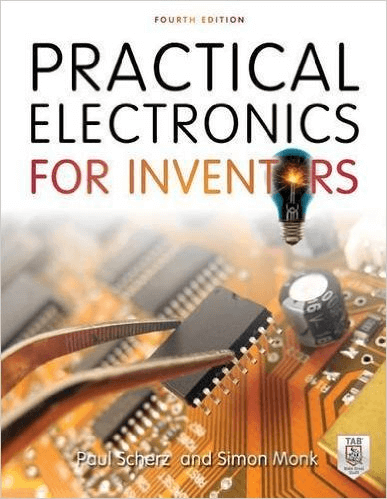
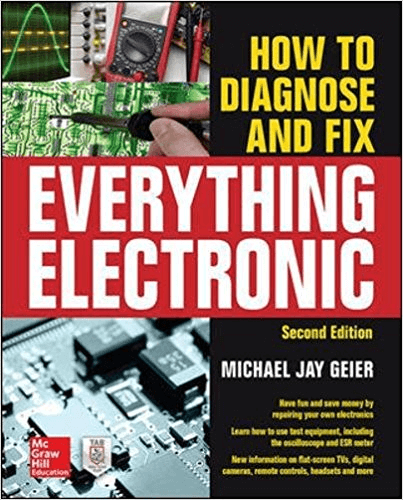
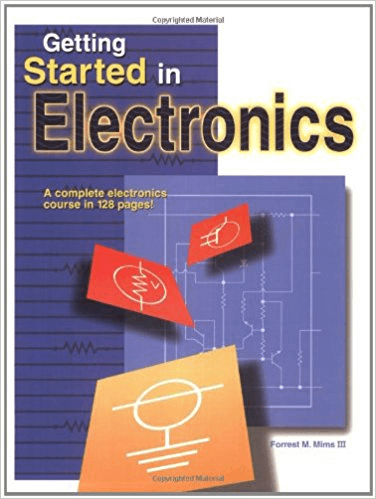
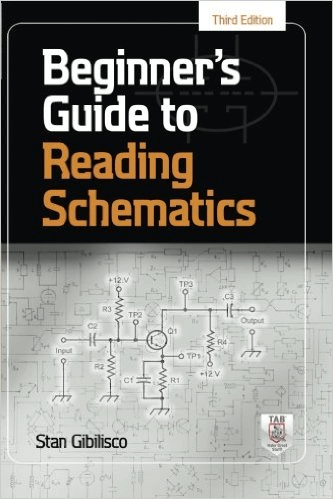

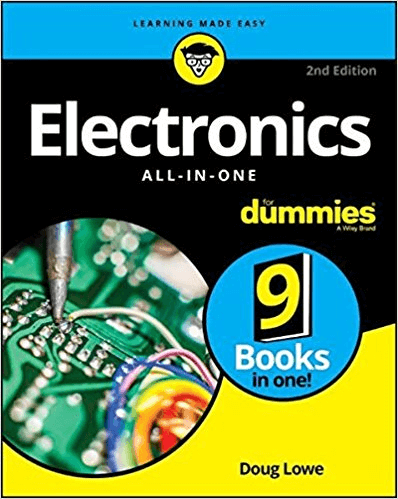
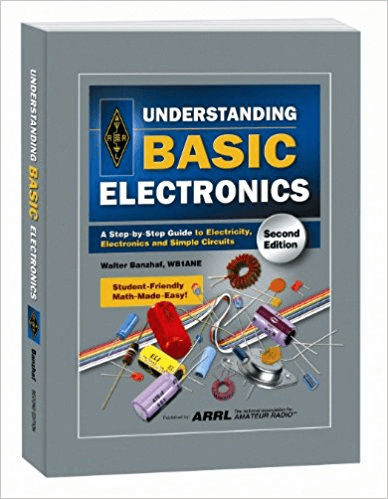
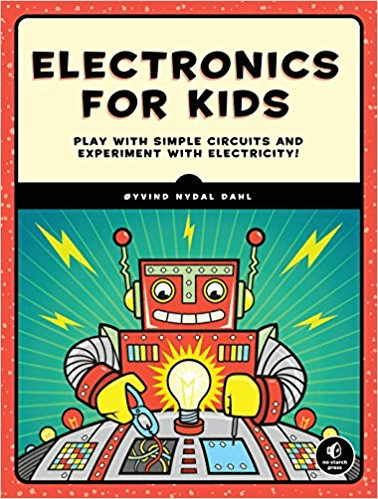
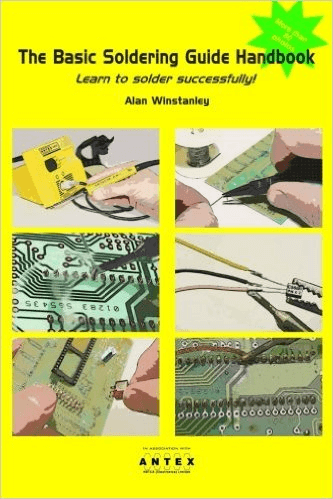
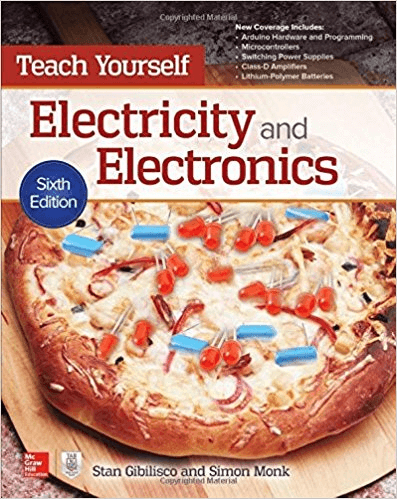



![]()